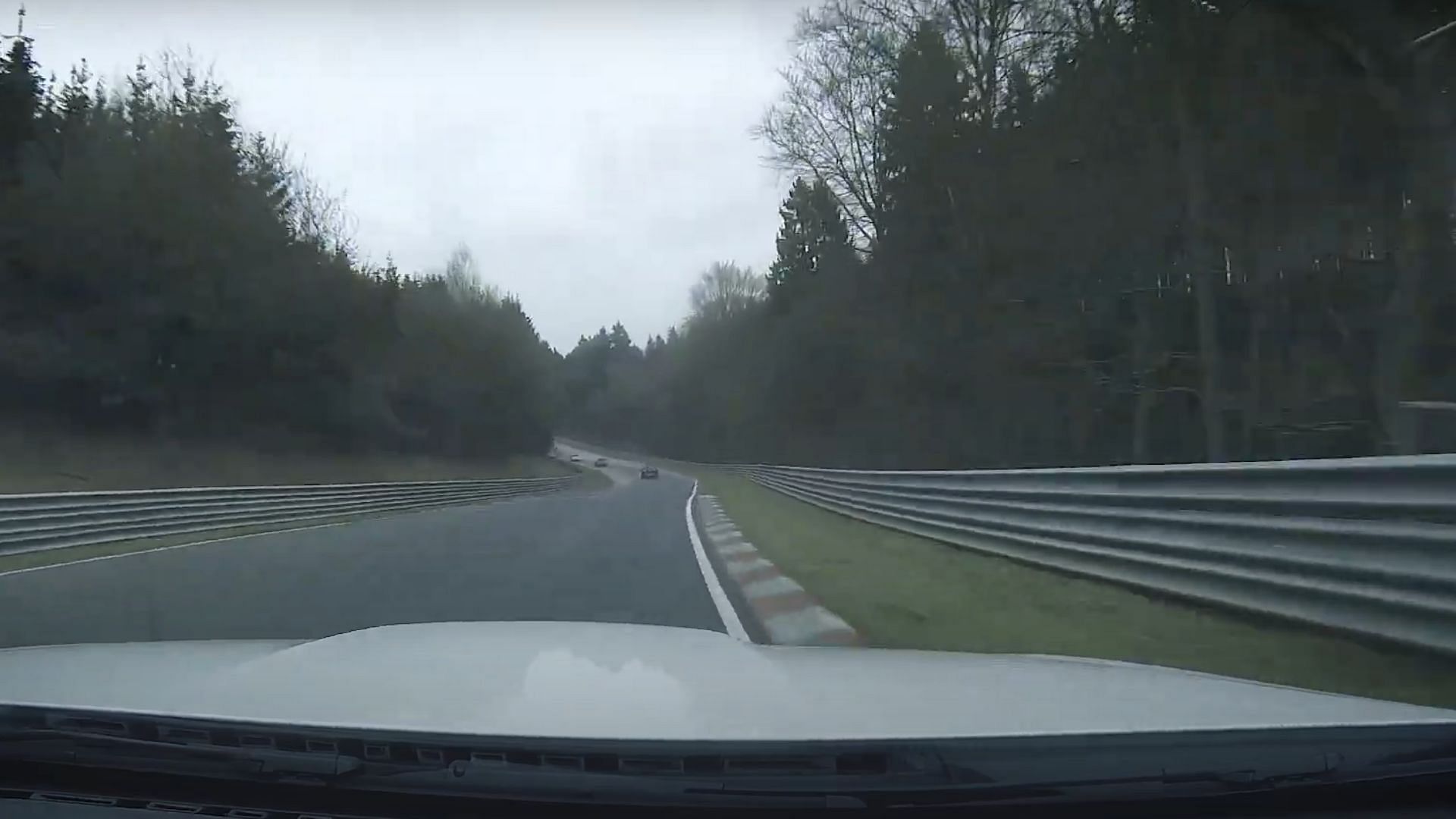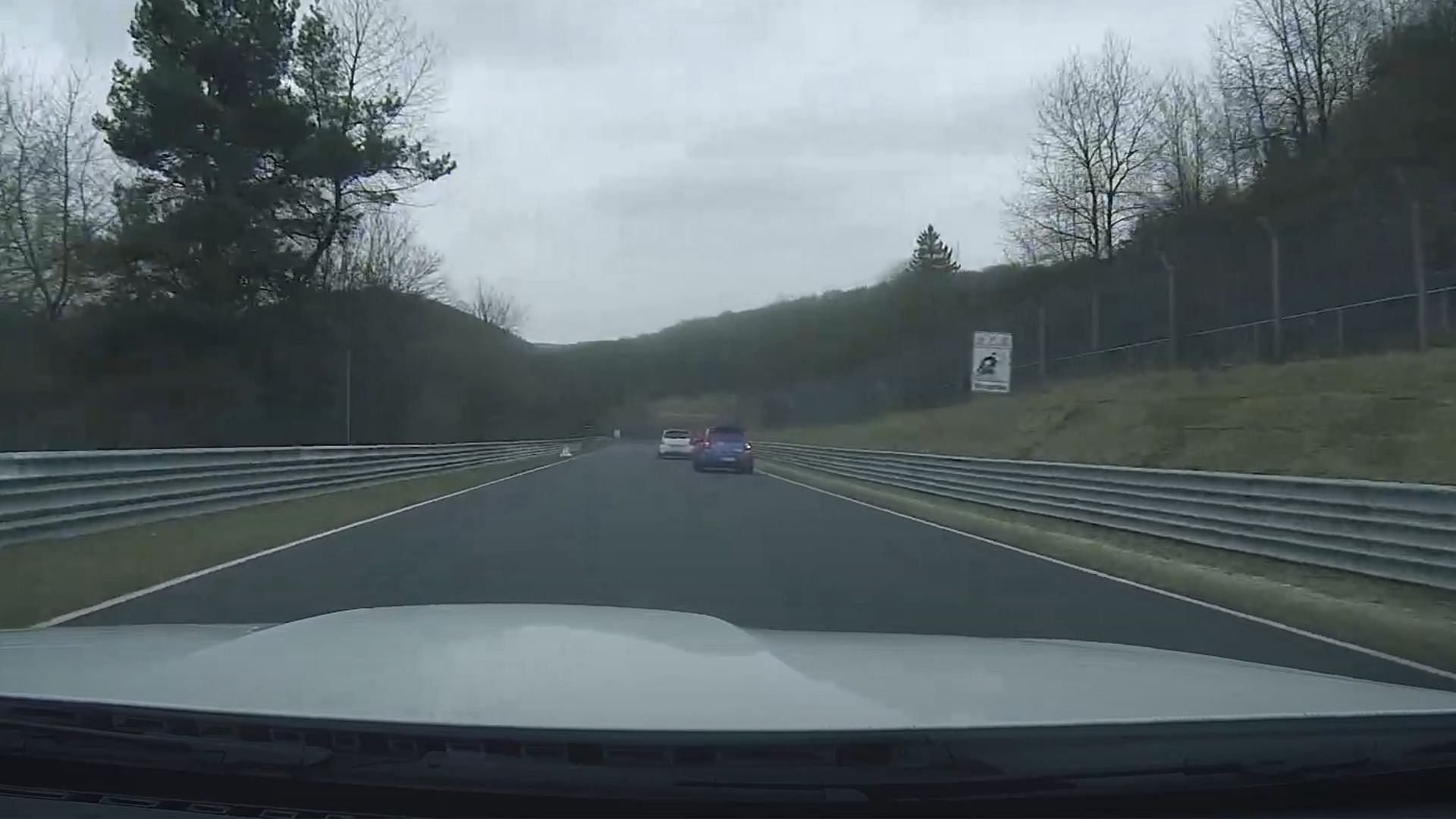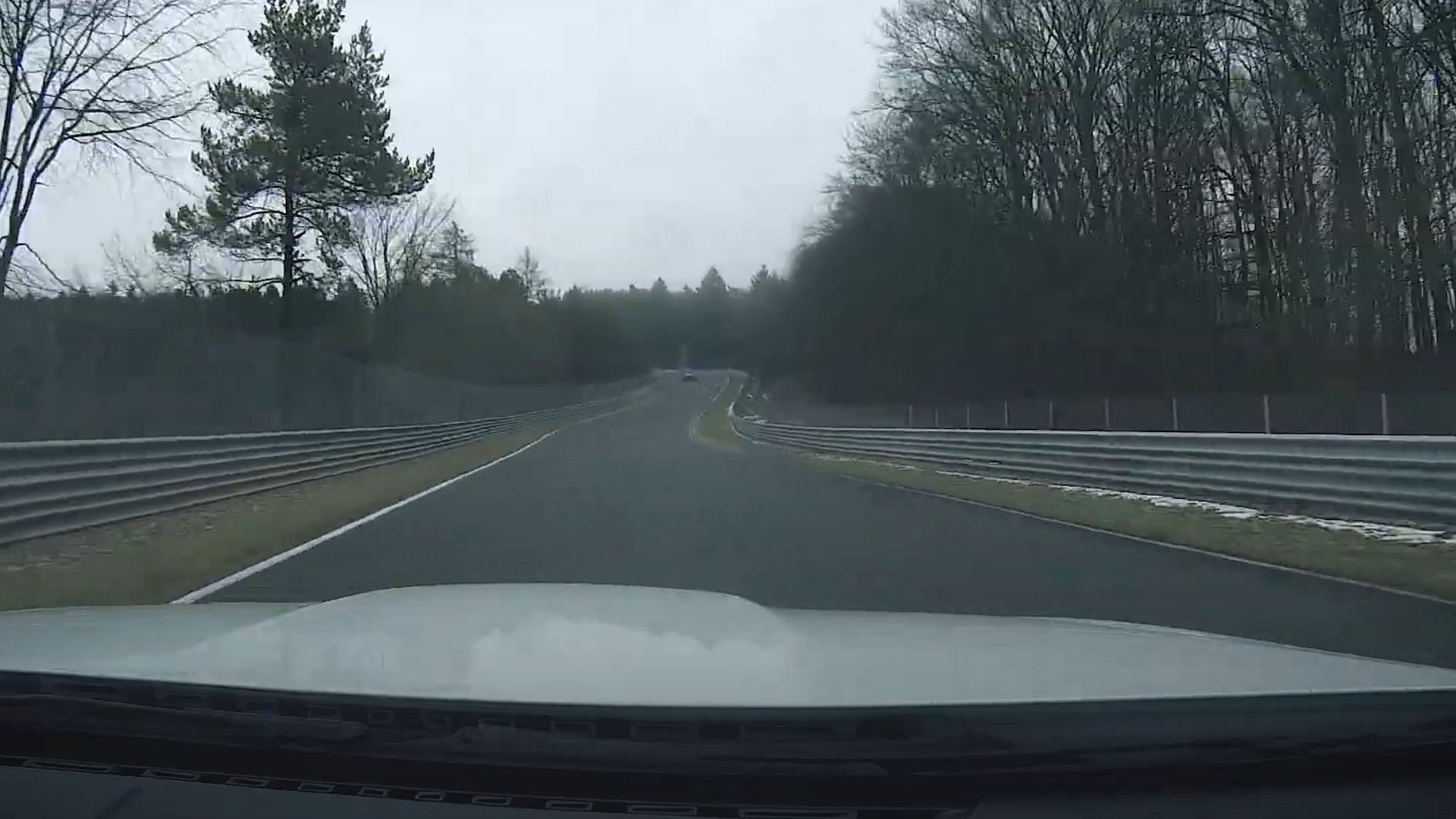Your Ultimate Guide To Beating The Green Hell-Part 2
This is the final edition of our exclusive two-parter on how to beat the 'ring.
Published October 28, 2024

Also Read- Your Ultimate Guide To Beating The Green Hell-Part 1
Breidscheid
At Breidscheid, you’ll encounter one of the slowest hairpins on the track, often taken at around 30 mph. It’s located at the lowest point of the circuit, so the steep descent makes it easy to misjudge the braking zone. Clean execution is important as you prepare to climb back uphill.
Bergwerk
Bergwerk is a tight right-hand corner that requires heavy braking. This corner is historically famous because of Niki Lauda’s near-fatal crash in 1976. Exiting well here is crucial, as you head into a long, fast uphill section where speed matters.
Kesselchen

This is a fast uphill section where maintaining momentum is key. You’ll be flat out here, with speeds reaching over 130 mph in high-performance cars. It’s important to manage throttle input to keep the car balanced as you ascend.
Klostertal
Klostertal involves a medium-speed right-hand turn where you’ll need to lift off slightly before accelerating hard into the next straight. Speed typically varies between 110 mph, and a good exit is important for the straight that follows.
Caracciola-Karussell
One of the most iconic corners on the Nürburgring, this heavily banked concrete corner requires you to commit early. Entering at around 50 mph, you’ll feel the car slingshot through due to the steep banking. Named after racing legend Rudolf Caracciola, mastering the Karussell can make a huge difference in lap times.
Also Read- Check Out The Fastest Production Cars On The Nurburgring
Hohe Acht
After the Karussell, you’ll climb towards Hohe Acht, the highest point of the Nürburgring. This slow-speed uphill right-hander is tricky, as you’ll approach it after a fast section but need to decelerate down to around 30 mph.
Wipperman

Wipperman consists of a series of medium-speed corners that require smooth transitions and careful throttle management. Drivers typically hit speeds around 70-80 mph and errors in car positioning here can cause significant time loss.
Eschbach
Eschbach is a downhill corner that challenges drivers with a tricky braking zone. You’ll need to manage your descent carefully as the speed varies between 100-110 mph. Misjudging this section can lead to understeer or loss of control.
Brünnchen
A fan-favorite spot, Brünnchen requires careful braking and car positioning. The slight undulations and dips make it tricky, especially in wet conditions. You’ll be entering at around 130 km/h and must exit cleanly to set up for the following sections.
Eiskurve
This corner is often slippery, even in dry conditions. You’ll need to brake early and maintain a cautious line to avoid sliding. It’s taken at around 60 mph, but its low grip level makes it tricky for many drivers.
Also Read- These Super Rare Exotics Are Tuned For Green Hell
Pflanzgarten

This is one of the most exciting sections, where the car briefly goes airborne over a crest before plunging downhill. Pflanzgarten is taken flat out, with speeds approaching 125 mph. You’ll feel the car compress hard as you hit the bottom of the dip, making it crucial to manage the throttle and avoid unsettling the car.
Stefan-Bellof S
Named after the record-breaking driver Stefan Bellof, this high-speed S-curve requires excellent car control. You’ll be taking this section at around 125 mph, and perfecting your line is essential to carry speed through the curves.
Also Read- Nurburgring vs. Other Iconic Race Tracks: What Makes It Unique?
Schwalbenschwanz
This is a fast, flowing section with slight chicanes. You’ll need to maintain momentum at speeds between 100 and 125 mph. It leads into the final part of the lap, so a clean line is important for setting up your final push.
Galgenkopf
Galgenkopf is the last significant corner before the massive Dottinger Hohe straight. You’ll need to take a clean line and maximize your exit speed, typically around 125 mph, as you prepare for one of the longest full-throttle sections on the circuit.
Dottinger Hohe
The Dottinger Hohe straight is where you’ll hit your top speed—over 200 mph in some cars. It’s a long straight where you can relax slightly but need to be mindful of wind resistance and the upcoming braking zones. The Gantry marks the end of the timed lap section.
Also Read- Top 10 Fastest Porsches On Nürburgring Nordschleife
Write a comment
Comments
No Comments Yet








